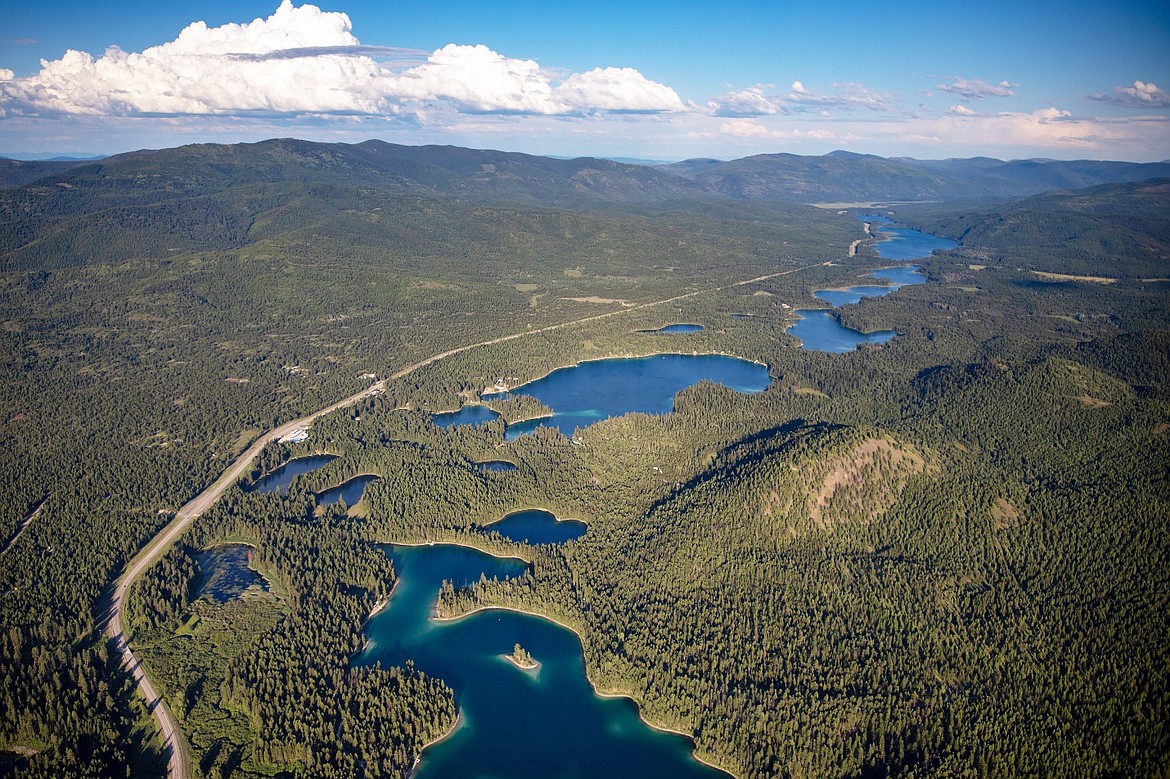State Land Board OKs preliminary approval of local conservation easement
For generations, the vast private timberlands across Lincoln County have been the lifeblood of the local economy and grown into the cultural fabric of the community.
“We’re the Libby Loggers. That’s what we do. It’s in our DNA,” Mark Peck, Lincoln County’s natural resource advisor and former county commissioner, told the Montana Land Board at its Oct. 21 meeting. “These lands are existential to the citizens of Lincoln County, not only from an economic standpoint, which is huge, but from a cultural standpoint. And we’re talking five and six generations of families that have camped, hunted, fished and ATVed on these lands. It makes Lincoln County very unique.”
Peck spoke on behalf of the Lincoln County Commissioners in favor of the Montana State Board of Land Commissioners approving a 32,981-acre conservation easement agreement with Green Diamond Resource Company. The five-member Land Board, comprising the state’s five top elected officials, heard public comment on the matter before ultimately voting to preliminarily approve the project.
Become a Subscriber!
You have read all of your free articles this month. Select a plan below to start your subscription today.
Already a subscriber? Login



